Introducing: Vaporwave
The following is a guest feature by contributor Dylan Hester:
“Vaporwave”
The term has been tossed around quite a bit since it was coined around late 2011. Originally referred to dismissively as a Tumblr scene, Vaporwave received its first in-depth analysis by Dummy magazine mid-2012. The feature cohesively illustrated the genre’s bizarre aesthetic:
The typical vaporwave track is a wholly synthesised or heavily processed chunk[s] of corporate mood music, bright and earnest or slow and sultry, often beautiful, either looped out of sync and beyond the point of functionality or standing alone, and sometimes with a smattering of miasma about it. It’s made by mysterious and often nameless entities that lurk the internet, often behind a pseudo-corporate name or web façade, and whose music is typically free to download through Mediafire, Last FM, Soundcloud or Bandcamp. Occasionally vaporwave produces a material object, a cassette or CD-R decorated with internet-age and hi-fi-era pop art that both sickens and astonishes. The text surrounding vaporwave – the artist names and track titles – is almost entirely in declamatory, brutally attention-craving capital letters, and often employs Chinese and Japanese lettering whose inscrutably (to me and most other Westerners, at least) enhances the music’s sense of tapping into the airwaves of global techno-capitalism and overhearing its business as usual, meant for someone else. The typical vaporwave zip file (album, if you like) presents itself as a collection of inspiringly modern, motivational and mood-regulating settings – perfect for that infomercial, that menu screen, that in-flight safety video, that business park promotional video, that drinks reception in the lobby.
At least, these were defining characteristics of the music at the time of that article’s publication. The style’s traditional shortlist of cultural definitions are less intriguing by this point: the de facto successor to Seapunk, a retro-futuristic take on easy listening, even a “marxist plunderphonics,” as Dummy more recently noted in a 2013 follow-up to their original feature. But along the way, several figures have popped up, somehow both at the center and along the sidelines of the genre. Regardless of how they might feel about the label, the music they create demonstrates that Vaporwave’s musical precursors stem beyond the ostensible smooth jazz and corporate pop, its primary architects are more than just irony-soaked attention seekers, and it is developing with the velocity of social media.
–––––––
Let’s go back to a one particular cassette tape released in 2010. Chuck Person’s Eccojams Vol. 1 arrived from The Curatorial Club label in an edition limited to 100 copies with artwork being a tribute to the cult Sega Genesis game Ecco the Dolphin. Of course, the tape quickly became available on the internet, accruing 64k plays on last.fm and 299k combined views on Youtube as of September 21, 2013.
Eccojams is a sequence of 14 unnamed tracks containing brief samples of various pop songs taken out of context and slowed down, looped, glitched, and/or delayed. The result is 55 minutes of music that is equally jarring, humorous, challenge, meditative, and at its very best, approaches some kind of transcendence.
Eccojam A3 is the highlight of the tape and perhaps even the genre itself. The source of the first half of the track is “Too Little Too Late” by JoJo, a perfectly unassuming 2006 Top 40 bubblegum R&B hit. Its a song that sits quietly in my memory banks alongside images of middle/high school dances and the phrase “one oh three point seven – Kiss FM!” shouted out every ten minutes on car radios. Its lyrics are that of the 15 year old JoJo reminiscing about the end of a relationship. Out of the song’s chorus —
It’s just too little too late, a little too wrong,
and I can’t wait.
But you know all the right things to say.
You say you dream of my face,
But you don’t like me,
You just like the chase
to be real.
It doesn’t matter anyway.
You know it’s just too little too late
— Chuck Person takes the phrase “be real, it doesn’t matter anyway (you know it’s just a little too late)” and sets it looping over and over for three minutes. In its original context, that lyric means almost nothing: it comes off as more of a redundant filler lyric than anything. Yet, when repeated and slowed down to a point where it might even sound chanted, “be real, it doesn’t matter anyway” comes off as somewhat of a manifesto for the entire genre. On paper, this is nothing more than a slightly chopped-and-screwed JoJo remix. In execution, it’s euphoria somewhere between Vision Creation Newsun by Boredoms and MBV’s “To Here Knows When.” Youtube commenter Lance Armstrong quips, “even the shark in the pic is overcome with emotion.”
I’m reminded of a comment I read in a dozen-page-long message board argument about the ethics of sampling in hip hop: “I don’t care how it’s made, as long as it sounds good.”
–––––––
While the bulk of Vaporwave works more or less like this (taking a large portion of an existing track and applying only a few, but dramatic, manipulations), there is another end to the spectrum. These are artists who use much smaller much smaller samples (“raw vapor”) to create – and I use this word with hesitation – more ‘original’ works. One prominent example is James Ferraro. His acclaimed Far Side Virtual LP from 2011 is a pastiche of mostly instrumental compositions with an ultra-glossy retro-tech aesthetic. Even the song titles come fully loaded: “PIXARnia and the Future of Norman Rockwell” and “Palm Trees, Wi-Fi and Dream Sushi.” One of its first reviews on Rateyourmusic describes it as “Chamber pop made with Windows 95.”
Then there’s his Condo Pets EP from the same year which reworks that aesthetic into ultra-sunny electronic pop suitable for diaper commercials (see: the brilliant Eco-Tot, below).
But Ferraro is a musician whose work slips through all sorts of genre banners, getting close to many but remaining elusive. He is most often found in the hypnagogic pop camp (alongside Ariel Pink, John Maus, and Sun Araw), although sound collage, ambient choral, and lo-fi spoken-word drone are just as accurate depending on the album. And beyond: his most recent Sushi and Cold albums from 2012 are a cinematic blend of ambient techno, R&B, and trap. The track titles (“Baby Mitsubishi,” “Booty Call,” and “Tinted Windows”) follow suit.
Chuck Person falls into this camp as well. He’s an alias of Dan Lopatin (best known as Oneohtrix Point Never) whose 2011 album Replica offers yet another take on the Vaporwave aesthetic: creating impressionistic, melancholy ballads from lo-fi samples of what sounds like samples of 80s commercials and youtube miscellanea. His earlier material, such as 2010’s Returnal and the two disc Rifts compilation is comparable to Berlin School progressive electronic, Blade Runner (both the soundtrack and the film itself), and Selected Ambient Works Volume II.
But it’s R Plus Seven, his debut for Warp Records, which goes a step further still: it is a transition from lo-fi humor to hi-fi wonder. A quick survey of first reactions across the internet shows that many find it to be little more than aimless synth noodling. I could understand that complaint when I listened to it in the background, as ambient music, off of my laptop. With Eccojams and Replica (and the bulk of Vaporwave in general) a laptop or cellphone seemed appropriate (sometimes even optimal) for listening. But that is not so much the case anymore.
R Plus Seven first demands either headphones or a decent stereo setup. Two other things may help: play it LOUD, listen closely. It is symphonic. These are deliberate compositions with overt parallels to Terry Riley’s Rainbow in Curved Air and Koyaanisqatsi (again, both the film and the soundtrack). But it is also undeniably a product of the internet, hip hop, and Since I Left You. The compositions grow from simple synth washes to dense, precisely-arranged collages of samples. Musical architecture made from recycled material: Oneohtrix (1/0 tricks) takes full advantage of a digital reality that grows more saturated on a daily basis.
As its striking artwork suggests, R Plus Seven is deliberately crafted, containing many entrance points. It seems foolish to start discussing its significance so soon, as the range of interpretations it could offer over time is staggering. It retains Replica’s impressionism but adds a geometric rigidity and an almost existential narrative. R Plus Seven is open-ended, thought-provoking. It is music to be revisited often. It might even be timeless.
–––––––
Some have claimed that Vaporwave is dead; for them, I’m sure this article is only further proof. But its aggressive nothing-means-anything attitude, which is exactly what makes it most fascinating in the first place, also makes it vulnerable to being taken anywhere. And that’s exactly what I hear on Eccojams, Far Side Virtual, and most impressively on R Plus 7. It is not necessarily the music of that “microscene” as other articles have defined it up to this point, but something much larger. The overused genre tags “ambient,” “plunderphonics,” and “progressive electronic” fall short when discussing this sort of music, and “drone” is often used entirely incorrectly. “Vaporwave” remains an appropriate umbrella – one that is still opening further and further.
— Dylan Hester

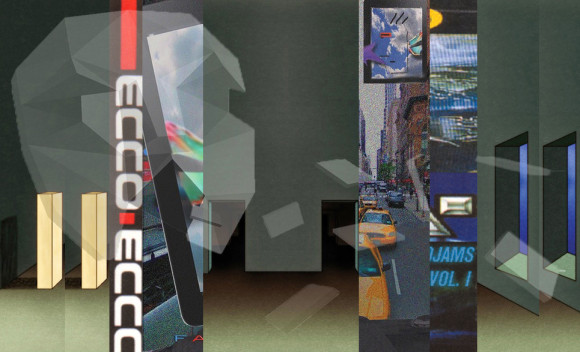
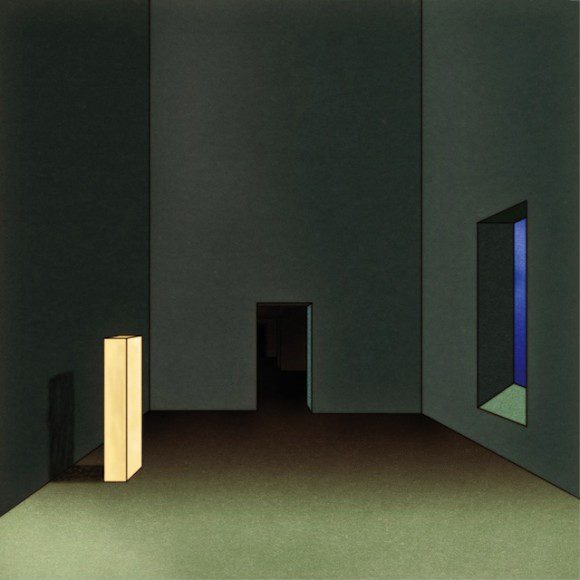

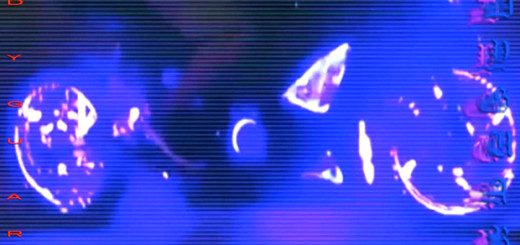
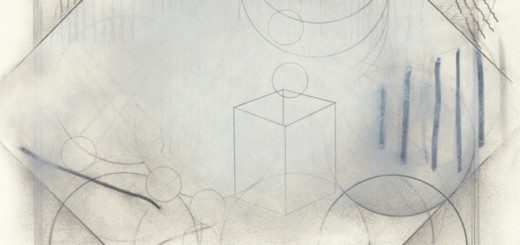

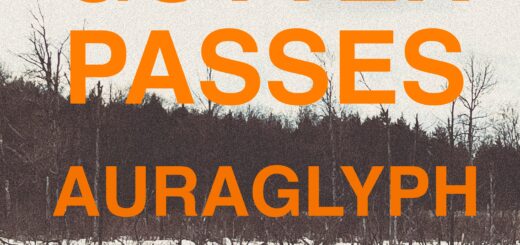

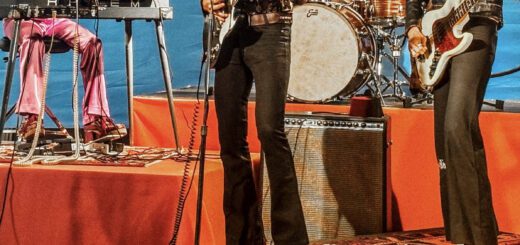

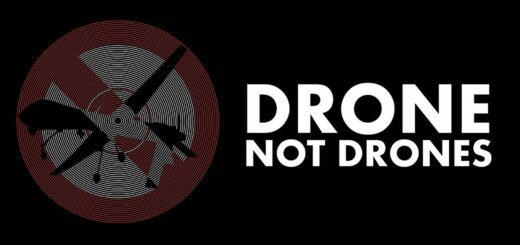
Great article. I don’t really believe vaporwave is dead however.. There are some new artists popping up every so often like Famicom\\Fountains, VHS Logos, PASTEL LOUNGE LLC etc..